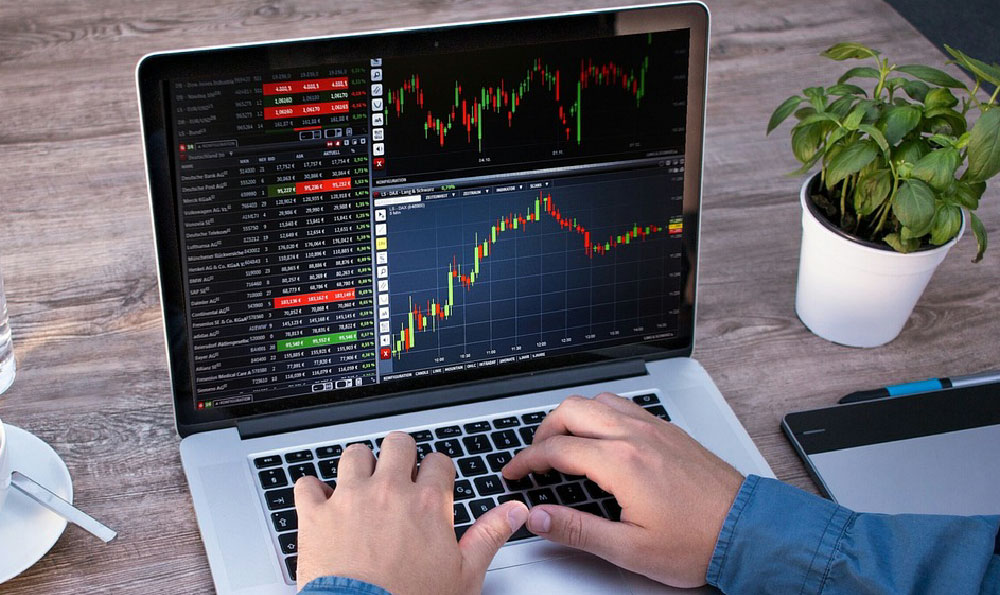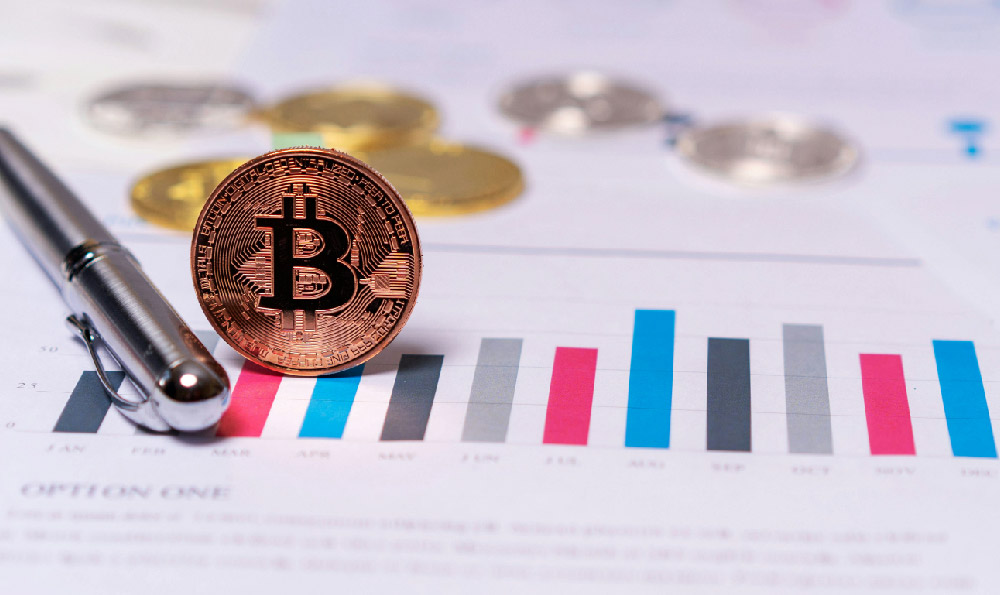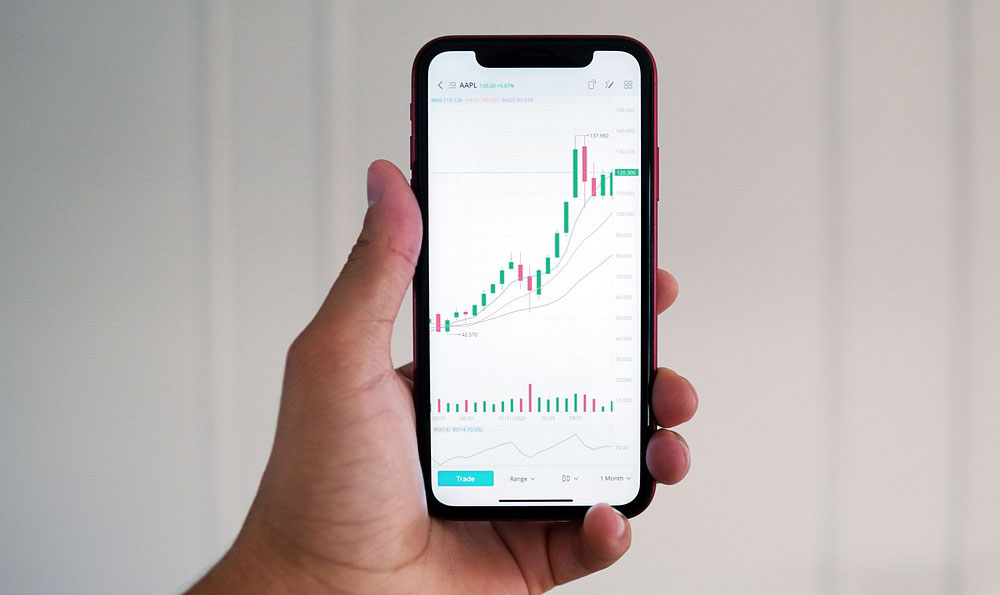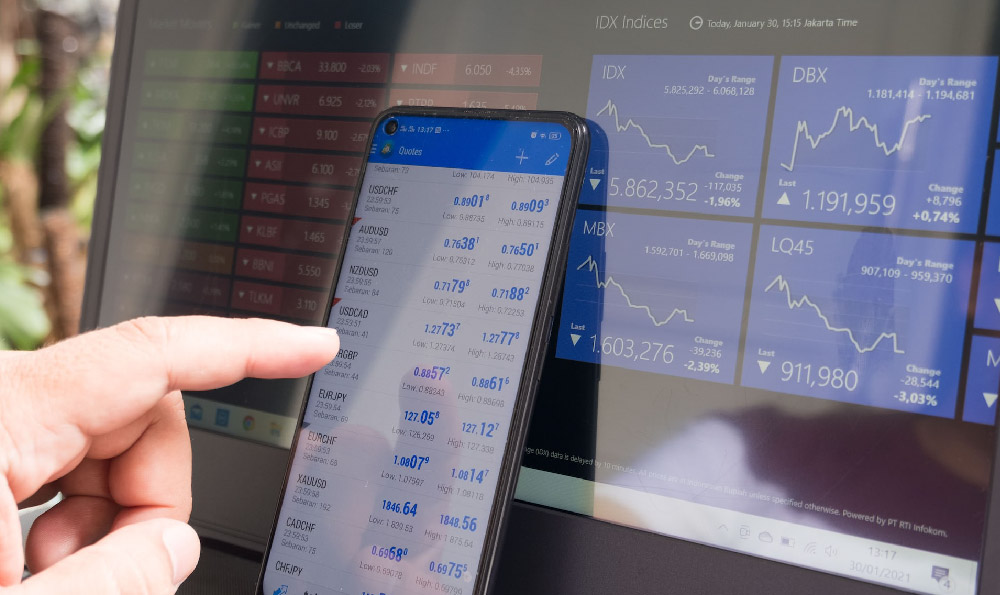Selling USDT on Bybit: Navigating Your Options and Evaluating Keepbit
The world of cryptocurrency trading offers numerous avenues for buying, selling, and managing digital assets. USDT, or Tether, is a widely used stablecoin pegged to the US dollar, making it a common holding for traders looking to preserve value or move funds between exchanges. Bybit, a popular cryptocurrency derivatives exchange, provides various methods for selling USDT. However, it’s crucial to understand these options, potential fees, and security considerations before executing any trade. Furthermore, the emergence of third-party platforms like Keepbit raises questions about their viability and safety when compared to Bybit’s native functionalities. This article delves into the different ways to sell USDT on Bybit, critically analyzes the potential advantages and disadvantages of using Keepbit, and offers guidance on making informed decisions to protect your assets.
Selling USDT Directly on Bybit: A Comprehensive Overview
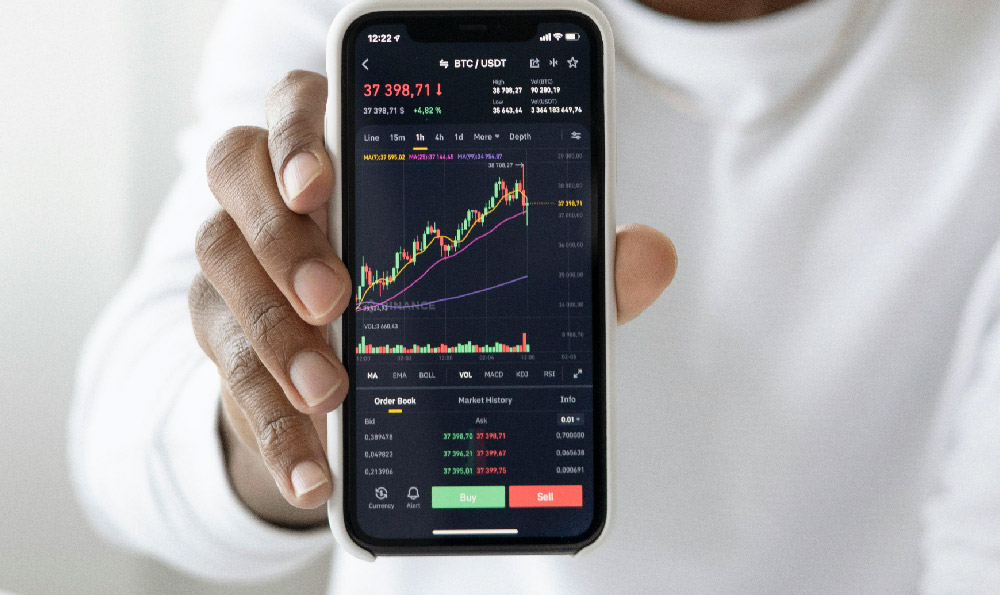
Bybit primarily offers two main methods for selling USDT: spot trading and P2P (Peer-to-Peer) trading. Each option caters to different needs and risk tolerances.
-
Spot Trading: This involves selling your USDT directly for another cryptocurrency, typically a major one like Bitcoin (BTC) or Ethereum (ETH). This is a straightforward process: you place a sell order for your desired USDT amount at a specific price (limit order) or at the current market price (market order). Once your order is filled, you receive the equivalent amount of the other cryptocurrency. The advantage of spot trading is its speed and efficiency, especially when using market orders. However, it necessitates converting your USDT to another cryptocurrency, which may not be ideal if you intend to withdraw the funds as fiat currency. Also, be aware of trading fees, which, although generally low on Bybit, can still impact your overall profit.
-
P2P Trading: Bybit's P2P platform facilitates direct transactions between users. You can post an advertisement to sell your USDT at a specific exchange rate and payment method. Buyers will then browse these advertisements and choose one that suits their needs. When a buyer accepts your offer, they will send you fiat currency (e.g., USD, EUR) through the agreed-upon payment method. After you confirm receipt of the payment, Bybit will release the USDT to the buyer. P2P trading can offer more flexibility in terms of pricing and payment methods, potentially leading to better exchange rates than spot trading, especially if you find a buyer willing to pay a premium. However, it also involves a higher degree of risk, as you are relying on the trustworthiness of the buyer. Bybit acts as an escrow service, holding the USDT until you confirm payment, but disputes can still arise. You should only release the USDT after you have unequivocally confirmed the payment in your bank account or payment provider. Furthermore, P2P transactions can take longer to complete than spot trades, as you need to wait for a buyer to accept your offer and make the payment.
Analyzing the Keepbit Platform: Is It a Viable Alternative?
Keepbit, or any other third-party platform claiming to facilitate USDT sales, needs to be approached with extreme caution. While some platforms might offer compelling features or potentially better rates, it’s crucial to conduct thorough due diligence before entrusting them with your funds.
Here's a breakdown of factors to consider:
-
Security and Reputation: The most critical aspect is the platform's security measures and overall reputation. Investigate the platform's history, read user reviews (on independent websites, not just those on the platform itself), and look for any reports of security breaches or fraudulent activity. A reputable platform will have robust security protocols in place, including two-factor authentication (2FA), encryption, and cold storage for a significant portion of its funds.
-
Regulation and Compliance: Check whether the platform is regulated by any recognized financial authorities. Regulation provides a level of oversight and protection for users. Unregulated platforms are generally riskier, as there's little recourse if something goes wrong.
-
Fees and Exchange Rates: Compare the fees charged by Keepbit (or any similar platform) with those on Bybit's spot and P2P markets. Also, scrutinize the exchange rates offered. Sometimes, a platform might advertise low fees but compensate by offering less favorable exchange rates. Calculate the total cost of the transaction, including fees and exchange rate differences, to determine the most cost-effective option.
-
Transparency and Customer Support: A trustworthy platform will be transparent about its operations, fees, and security measures. It should also provide responsive and helpful customer support. Test the customer support by asking questions and assessing the speed and quality of their responses.
-
Risk of Counterparty Risk: Using a third-party platform inherently introduces counterparty risk – the risk that the platform itself might fail, be hacked, or act fraudulently. By using Bybit's native options, you are at least operating within a known and established exchange with a proven track record.
Recommendations and Best Practices for Selling USDT Safely
-
Prioritize Security: Always enable two-factor authentication (2FA) on your Bybit account and any other platform you use. Use strong, unique passwords and store them securely. Be wary of phishing attempts and never click on suspicious links or enter your login credentials on unverified websites.
-
Start Small: If you decide to experiment with a third-party platform like Keepbit, start with a small transaction to test the waters. Don't commit a significant portion of your funds until you are confident in the platform's reliability.
-
Diversify Your Holdings: Don't keep all your cryptocurrency on a single exchange or platform. Diversify your holdings across multiple reputable platforms and consider using cold storage (hardware wallets) for long-term holdings.
-
Stay Informed: The cryptocurrency market is constantly evolving. Stay informed about the latest news, trends, and security threats. Follow reputable cryptocurrency news sources and security blogs.
-
Due Diligence is Key: Before entrusting any platform with your funds, conduct thorough due diligence. Research the platform's history, security measures, regulation, fees, and customer support.
-
Be Cautious with P2P: When using P2P trading, only release your USDT after you have unequivocally confirmed the payment in your bank account or payment provider. Be wary of buyers who pressure you to release the USDT prematurely or who use suspicious payment methods. Use Bybit's escrow service diligently.
Conclusion
Selling USDT on Bybit offers straightforward options through spot trading and P2P platforms. While third-party platforms like Keepbit might present themselves as alternatives, they demand careful scrutiny. The potential benefits must be weighed against the inherent risks, particularly concerning security and counterparty risk. Prioritizing security, conducting thorough research, and staying informed are paramount to protecting your assets and making informed decisions in the dynamic world of cryptocurrency trading. Ultimately, the decision of how to sell your USDT hinges on your individual risk tolerance, research, and comfort level with different platforms and trading methods. However, erring on the side of caution and sticking with established, reputable platforms like Bybit for the majority of your transactions is generally advisable.






